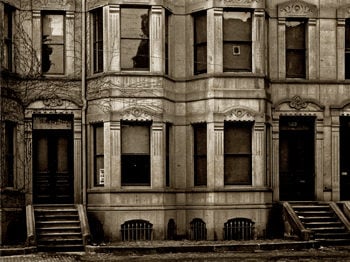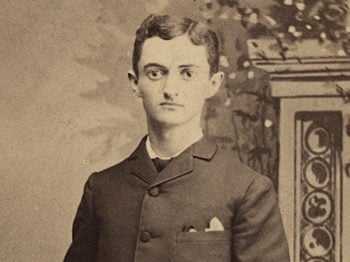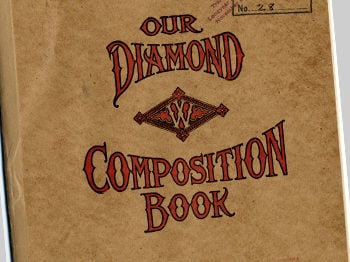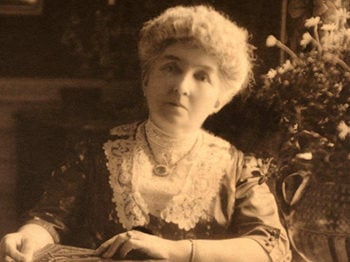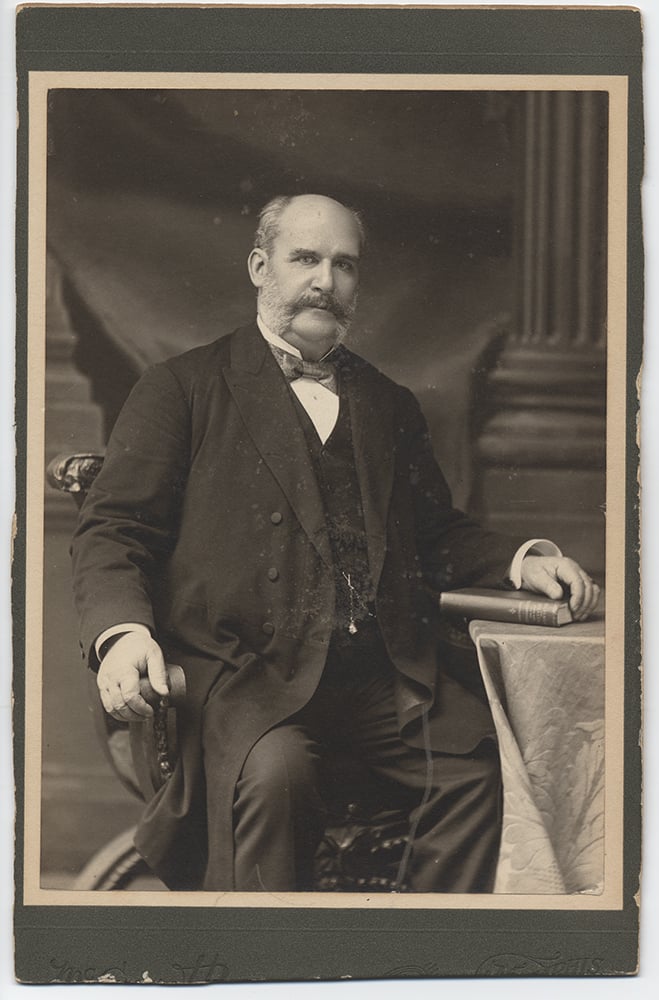
One of the most interesting and colorful pioneer workers in Christian Science was Capt. Joseph S. Eastaman, a master mariner whose seagoing career reads like fiction, and whose introduction to Christian Science was typical of the whole-hearted acceptance and enthusiasm which characterized so many of the movement’s early workers.
He wrote a series of articles for The Christian Science Journal, Vols. IX and X, April 1891-March 1893, which gave an account of his seafaring adventures, their purpose being to show how he became interested in and began the practice of Christian Science. He had many adventures and close calls, and his faith in God’s constant care grew, thus preparing him for the acceptance of a new religion called Christian Science.
Capt. Eastaman’s father was a sea captain who also owned a plantation at St. Andrew near New Orleans, Louisiana. His mother was Spanish and his father had won her hand and promised her parents that he would bring her home to Spain for a visit at least once a year. Joseph Eastaman was born at sea in 1836 during one of these family trips.
Joseph lost his mother when he was very young and started a seafaring career on his father’s ship before the age of ten. From sketchy comments about his boyhood years, it appears that he also lost his father soon after this.
From a humble beginning as a cabin boy, he worked his way up in the merchant marine, as he said, “through all the grades of ordinary and able seaman, boatswain, second and first mates, supercargo and captain.” He commanded ships for twenty-one years. During this period he never lost a man.
Going to sea in the mid-19th century was a hard life for a grown man, much less a boy who had to fend for himself. It was a rigorous school of experience that instilled fortitude, courage and resourcefulness into those who survived it.
Capt. Eastaman told how, about the age of thirteen, he spilled a jar of butter while working as a cabin boy on an English brig. Despite the fact that the ship was rolling heavily in a gale, the captain lashed the boy to a water cask and beat him unmercifully. Only the intervention of one of the mates saved his life and it was many weeks before he recovered. “But God is Life,” he wrote later, “and He had a work for me to do; for which work I was spared.”
Soon thereafter, Capt. Eastaman came close to death at the hands of a native king on the west coast of Africa while sailing on a Spanish brig which was trading with the Congo. He described his escape as miraculous and said that, for the second time, he got “a glimpse of the love and protection of God.” From that time he began to read the Bible and it became his schoolmaster.
These adventures and narrow escapes made him so convinced of God’s protection and care that he never again knew what fear was. Indeed, this feeling became such a spiritual conviction that he was able to organize a party of sailors to help bury the dead in Cuba during a cholera epidemic there.
“Here, too,” he wrote, “I found the hand of God miraculously laid upon me; for, though the pestilence raged so fiercely, and we were in the very midst, not one of us had the slightest touch of it.”
During the years that followed, Capt. Eastaman experienced many instances of God’s help in the pursuit of an often dangerous profession.
Although he had never learned to swim, he survived a shipwreck on the coast of India and a long trek to Calcutta that reads like an adventure story. After a hurricane struck the city, he said he could never doubt God’s loving protection “so continually manifested for His trusting child!”
A poignant incident among his many adventures involved an attack made upon him by a sailor aboard their ship, which was bound for Valparaiso, as a result of which he suffered a fractured skull and had a close brush with death. The sailor would have been tried and probably would have received severe punishment were it not for Capt. Eastaman’s plea on his behalf. The man was kept imprisoned until they were at sea again. The captain armed himself, expecting further treachery, but it proved unnecessary. No human being, he felt, was more truly repentant than this sailor. The captain, in later years, rejoiced that God had so filled his thought with justice and mercy towards the man, that he could not harbor hate and recrimination.
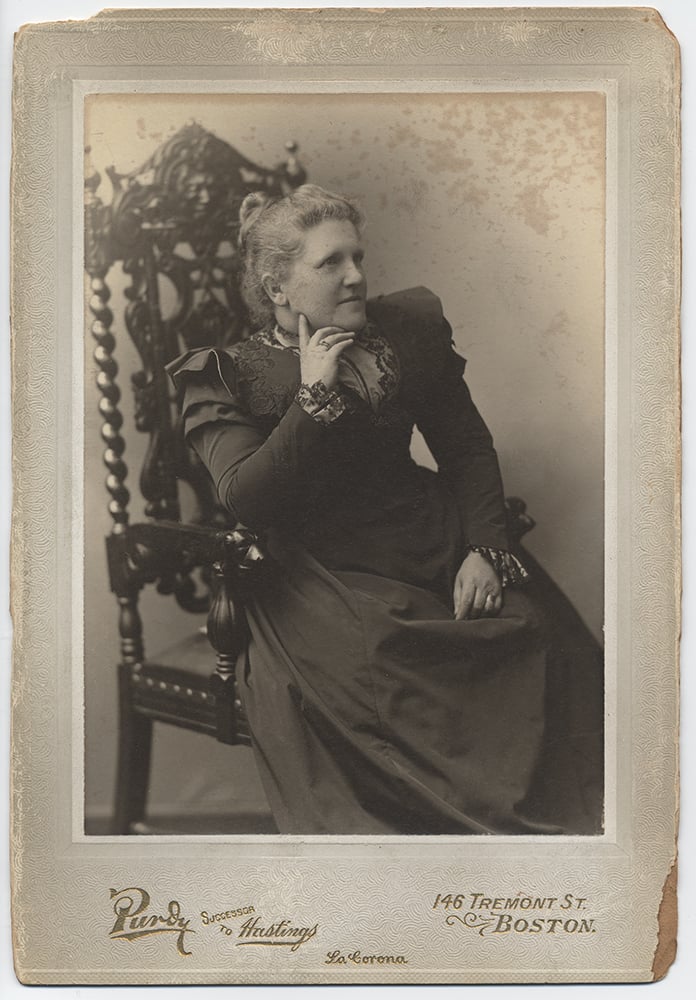
Capt. Eastaman eventually journeyed home to be with his wife who had been sick for many months under a doctor’s care, the physician finally informing him that she did not have long to live.
He recalled how he was sitting hopelessly at her bedside when a lady came to call and suggested that he ask a Christian Scientist to help her. The caller didn’t know just what Christian Science was, but had heard that Christian Scientists healed disease without the use of medicine.
Even before the Captain and his wife had decided what to do about this advice, a nephew who was with them at the time followed up the friend’s suggestion. Christian Science produced a steady improvement in his sight which in time resulted in a complete healing of blindness. He was freed instantly from the inability to partake of anything but liquids because of a severe tooth and mouth illness caused by medicine prescribed for the blindness.
This remarkable improvement in his nephew’s condition convinced Capt. Eastaman that Christian Science had something to offer, although his wife was still afraid that it was spiritualistic. He promptly visited a Christian Scientist who told him about Mary Baker Eddy, the Discoverer and Founder of Christian Science, and of her metaphysical college. Feeling that only the leader of this movement could heal his nephew and thereby convince his wife of its efficacy, Capt. Eastaman asked for and was given an interview with Mrs. Eddy.
It proved to be a momentous visit for the Captain, and ultimately for his wife, and, as it later turned out, of some importance to Mrs. Eddy also. As a result of it she gained two dedicated and faithful followers.
The Captain appealed to Mrs. Eddy to help his wife, and as one looks at pictures of his strong, determined countenance and remembers the vigorous manner which a sea captain must develop during long years of command, one can imagine that he made a forceful, compelling plea. Imagine his chagrin, too, when Mrs. Eddy gently told him that she did not take patients anymore, but that she had students who were well qualified to do healing work and would be willing to help his wife.
He told how his heart sank at the suggestion, for he felt that only the leader of this religion would have sufficient understanding to help his wife. He got up dejectedly, took his hat, and was leaving when Mrs. Eddy turned to him and, as he wrote, “with much earnestness” asked why he didn’t heal his wife himself. It is possible that as she looked at him, she discerned beneath the unpolished exterior of this bluff sailor a firmness in the right, his courage, and his decisiveness, but withal, a child-like ability to accept new ideas.
He told how he stood in the parlor, momentarily spellbound and amazed that Mrs. Eddy should see in him the ability to be a spiritual healer. He told her how he had already procured the best doctor he could find for his wife and had employed all the medical knowledge, limited though it might be, which a shipmaster acquires after many years of doing duty as a doctor for passengers and crew.
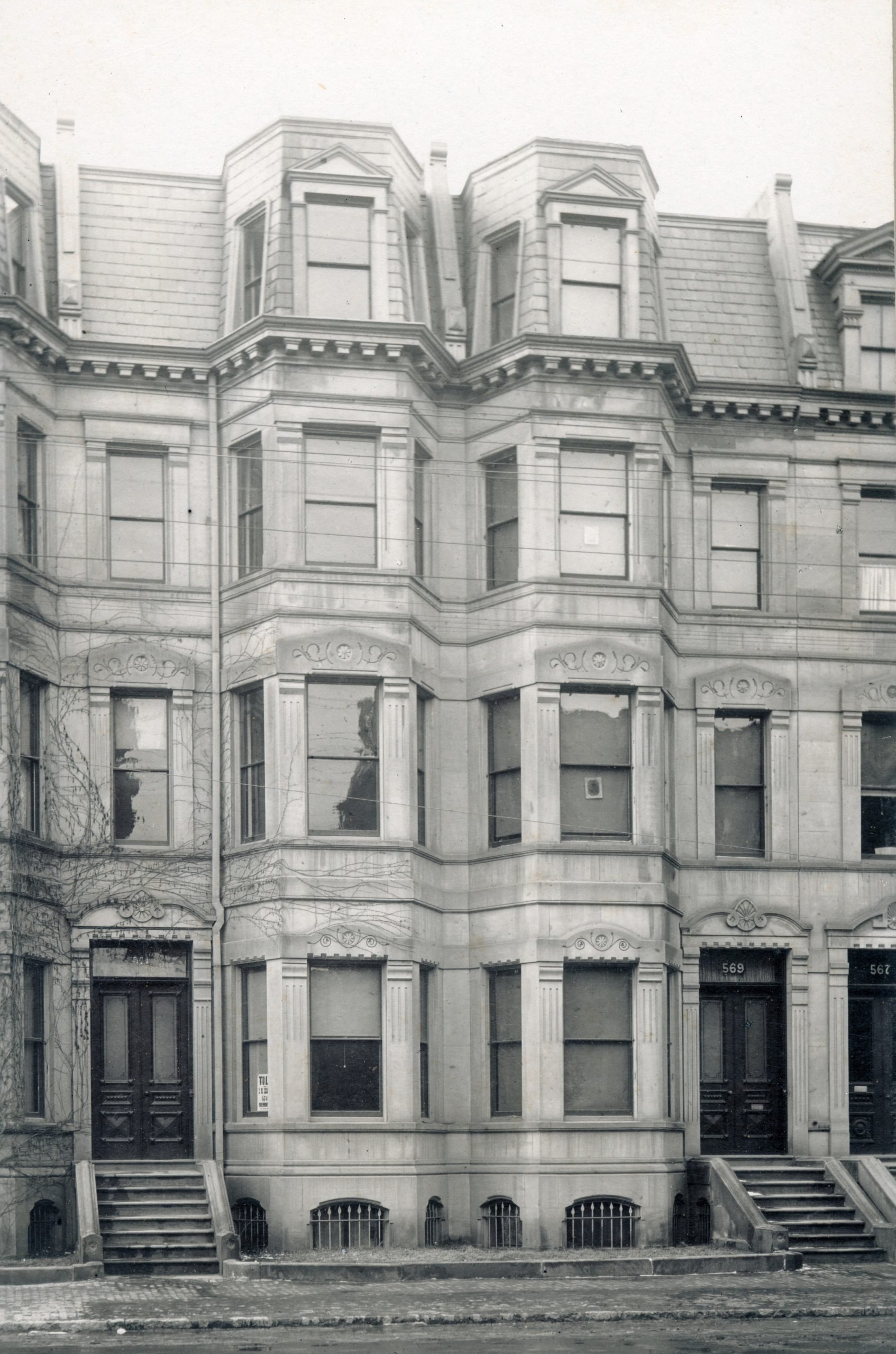
He asked what more he could possibly do.
The reply came lovingly but firmly: “Learn how to heal.”
“Without hesitation,” he wrote, “I returned to the parlor for particulars.”
Mrs. Eddy told him that a course of instruction at the Metaphysical College lasted three weeks and that he could enter the next class, which would begin about eight weeks later.
“Thus,” he wrote, “the 22nd of December 1884, ended ‘the travail of my soul,’ since it proved to be the day of my birth in Christian Science.”
During classes at the College he felt out of place, being an uneducated sailor among what he called “highly cultured people.” But the answers which he gave to questions by Mrs. Eddy brought comments of encouragement from her, and from then on he felt more at ease.
Mrs. Eddy then invited Mrs. Eastaman to attend the final session at the College. This she did despite great physical difficulty, and from then on, in the Captain’s words, his wife became a “staunch friend to the Cause.”
From the first day of class, Capt. Eastaman lost all appetite for tobacco and the desire never returned. His wife began to enjoy steady improvement in health, and the Captain’s ardent support of the Cause led him without forethought into the work of a Christian Science practitioner. He talked enthusiastically about Christian Science to his friends, who were mostly ship owners and others connected with the shipping business. Some asked for Christian Science help for various troubles. Others laughed at him for believing in such foolishness.
The Captain’s first patient was a shipowner suffering from various complicated maladies, who received a complete healing. He was happy about regaining his health but was too proud to admit how it had come about and, as Capt. Eastaman recounted, kept the good news to himself instead of helping others by sharing his experience. But he had sufficient confidence in the method by which he had been healed to engage Capt. Eastaman to treat his wife and his daughter. They were both healed and, unlike the husband and father, talked freely about Christian Science and introduced the Captain to their friends. Without fully realizing it, Capt. Eastaman had launched himself into a career as a Christian Science healer, and within a few months and without the benefit of any advertising except what his work gave him, he had all the work he could handle.
During these years, he said, he worked harder than he had ever done at any time in his life, even when he was loading cargo aboard ship in the tropics. But in no other work, he added, had he been able to find such abiding happiness as “in the service of suffering, sin-sick humanity.”
Early in his work as a practitioner he had several offers of positions connected with the shipping business. He was having a hard time financially and the offers were tempting, but before accepting any of them he asked for advice from Mrs. Eddy.
Needless to say, he turned his back permanently on seafaring or business careers and pursued the profession for which, as he later realized, he had been unconsciously preparing all his life — that of healing through Christian Science. In this he was eminently successful.
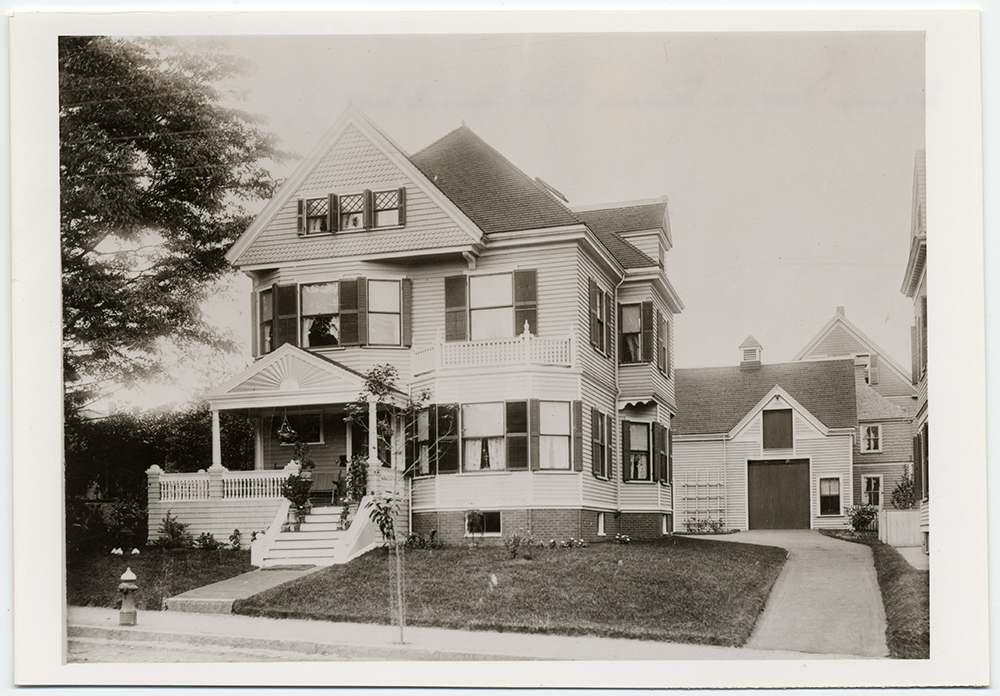
Capt. Eastaman was named a member of the first board of Directors of The Mother Church in 1892. He became a teacher of Christian Science and wrote a number of articles for The Christian Science Journal.
Mrs. Eastaman served as Treasurer of The Mother Church from September 1892 to October 1896. She was also a member of the Bible Lesson Committee from January 1898 to July 1916, and again from July 1917 to February 1922, and she was also a teacher of Christian Science for many years.
An advertisement in The Christian Science Journal, Vol. IV, 1886-1887, said that “J.S. and M.F. Eastaman, C.S.Bs.” had offices at 3 Park Street Boston, with office hours from noon to 4 P.M. They were also available on Monday evenings during all of 1886 at their home, 85 Broadway in Chelsea, Massachusetts, a Boston suburb. Consultation was free, said the card.
Mrs. Eastaman said of her husband that “he worked for one-third of his patients for love, expecting no remuneration but rejoicing in their healing and acceptance of Christian Science. In after years, as God had prospered them, the expressions of gratitude monetary and otherwise from many of these patients were very gratifying and beautiful. He never hesitated to sow the seed and leave the rest to God.”
This was found in the Captain’s diary on the date of his last birthday, March 19, 1910:
“They said I am 74 years old. . .Let us rejoice in the thought of the eternal life. People count ages by days and years, but we have to count the eternal time to memory, and then we shall know time free from limitation and worship God in the beauty of holiness and feel the unlimited sense of the endless day, God help us.”
In a brief biographical sketch written at the behest of Mrs. Mary Beecher Longyear, Mrs. Eastaman paid tribute to her parents, Henry M. and Ellenor M. Barry, who came to Boston from England about the year 1842. Her father passed on when she was five and her mother, she said, “lived a long life of purity and true Christianity. She taught her children to love and obey God and follow in the footsteps of Christ Jesus and to revere the Sabbath day. For my early teachings by my sainted mother I thank God.
“…in October, 1884, after being ill several months, I was patiently waiting for the summons. My minister. . .came to see me and bid me good bye. . .It was just at this hour of my greatest need that I first heard of Christian Science.”
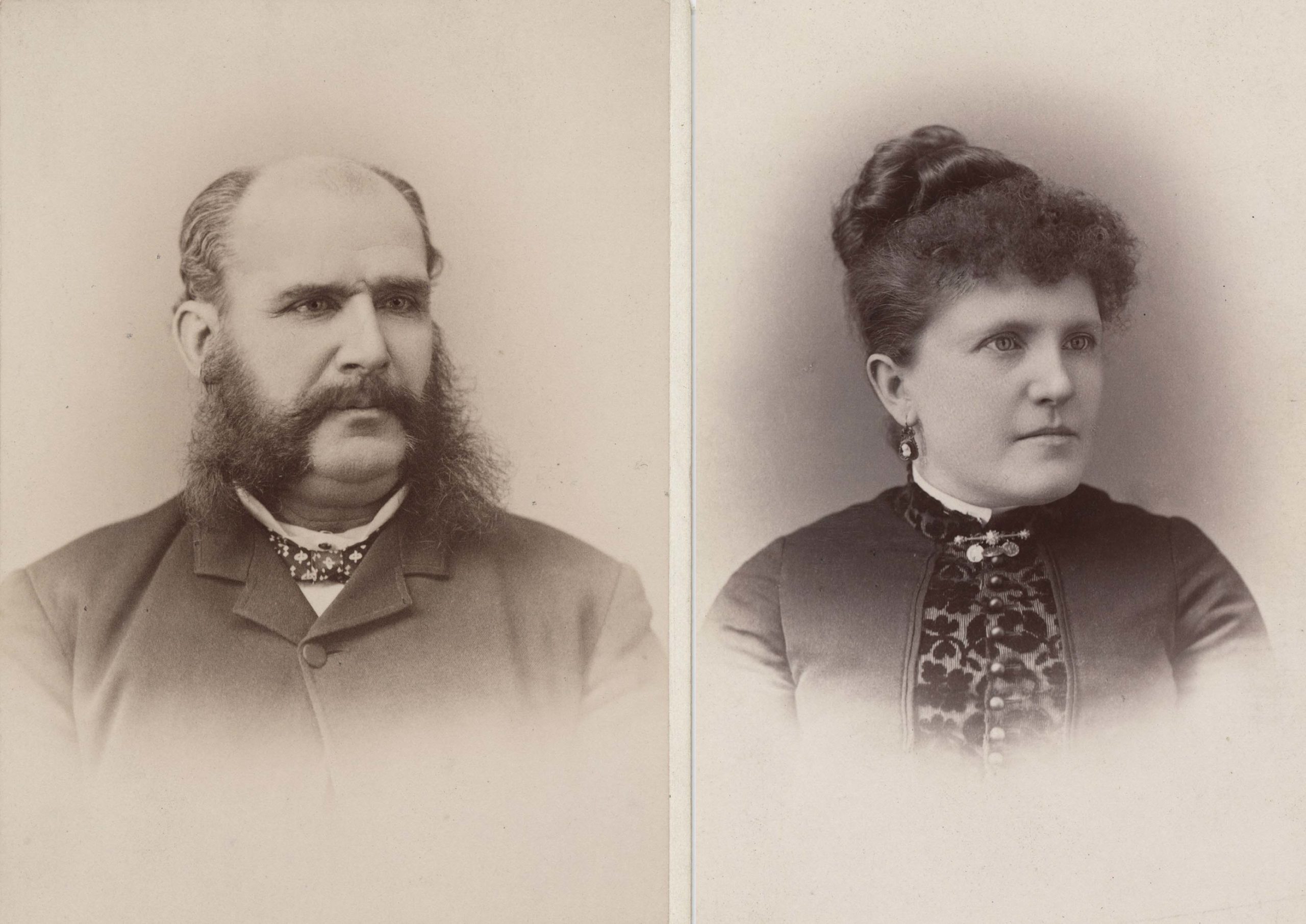
Mrs. Eastaman said she was “fully convinced of the absolute truthfulness of Christian Science, and understood that God was omnipotent and ever present, the author of all good; and that He must be understood, adored and demonstrated by healing the sick and sinful according to the teaching of Christ Jesus; and that the promised Comforter was Christian Science which could be and would be proven by every honest, sincere, faithful follower of our revered Leader and Teacher, Mary Baker Eddy.
“To my surprise,” she said, “when called to the first case, I went with joyful step. My patient was a man, lying perfectly helpless, at times suffering intense agony, who had had three physicians. After the second day he never had a return of the pain. . .In ten days the man was back at his work. . . .”
One of Capt. Eastaman’s first patients was a lady suffering from tumors whose skin had become discolored from having taken nitrate of silver. After a few weeks of help in Christian Science, she was healed and regained her normal color. Capt. Eastaman also healed a man made blind from cataracts.

A display of Eastaman memorabilia at the Mary Baker Eddy Museum includes a flyleaf from a Bible which Capt. Eastaman gave his wife. On this flyleaf is the inscription:
Presented to my dear wife the 22 December, 1896.
Journeying as we are together, out of time into eternity, we willingly take for our chart the Bible, and our Compass shall be Science and Health, which for the past twelve years has been our guide out of sense into Soul.
Your Loving husband, Joseph S. Eastaman
The display also includes a Bible which Mrs. Eddy gave to Mrs. Eastaman, the cover containing these words in gold letters: “Mary F. Eastaman, C.S.B., Christian Scientist”
On the flyleaf, Mrs. Eddy penned this inscription: “With love from her teacher, Mary B. G. Eddy”
Also in this collection is a copy of The Journeys of Jesus by Dr. Addison Crabtre, which she gave to Capt. Eastaman with this inscription: “Presented to my faithful student, by Mary B. G. Eddy”
That his teacher recognized his nautical background is evident in another gift to the Captain in this collection, a book called Log-Book-Notes through life (pictured below). Given by Mrs. Eddy to Capt. Eastaman in January of 1890, it contains poems of the sea and is illustrated with pen and ink sketches of ships and nautical scenes.

The Museum has on exhibit a small brown screw-type case owned by the Eastamans enclosing a miniature reproduction of an 1891 photograph of Mrs. Eddy, which she gave to Capt. Eastaman. The case is hardly larger than a quarter, and is about three-sixteenths of an inch thick.
The Eastaman display contains a photograph of the Captain taken during a visit to Pleasant View, Mrs. Eddy’s home in Concord, New Hampshire. It shows him with top hat and cane, not the usual attire for a determined man of the sea.
The high esteem in which Mrs. Eddy held the Eastamans and the love she felt for them is evident in her letters to them. They were letters of gratitude, of encouragement, and of admonition. They speak of a deep interest in their mutual progress in Christian Science and emphasize her appreciation for their loyalty and steadfastness during troubling times. She extended an invitation to Capt. Eastaman on August 16, 1890, to visit her in Concord, indicating that there was always a warm welcome awaiting him.
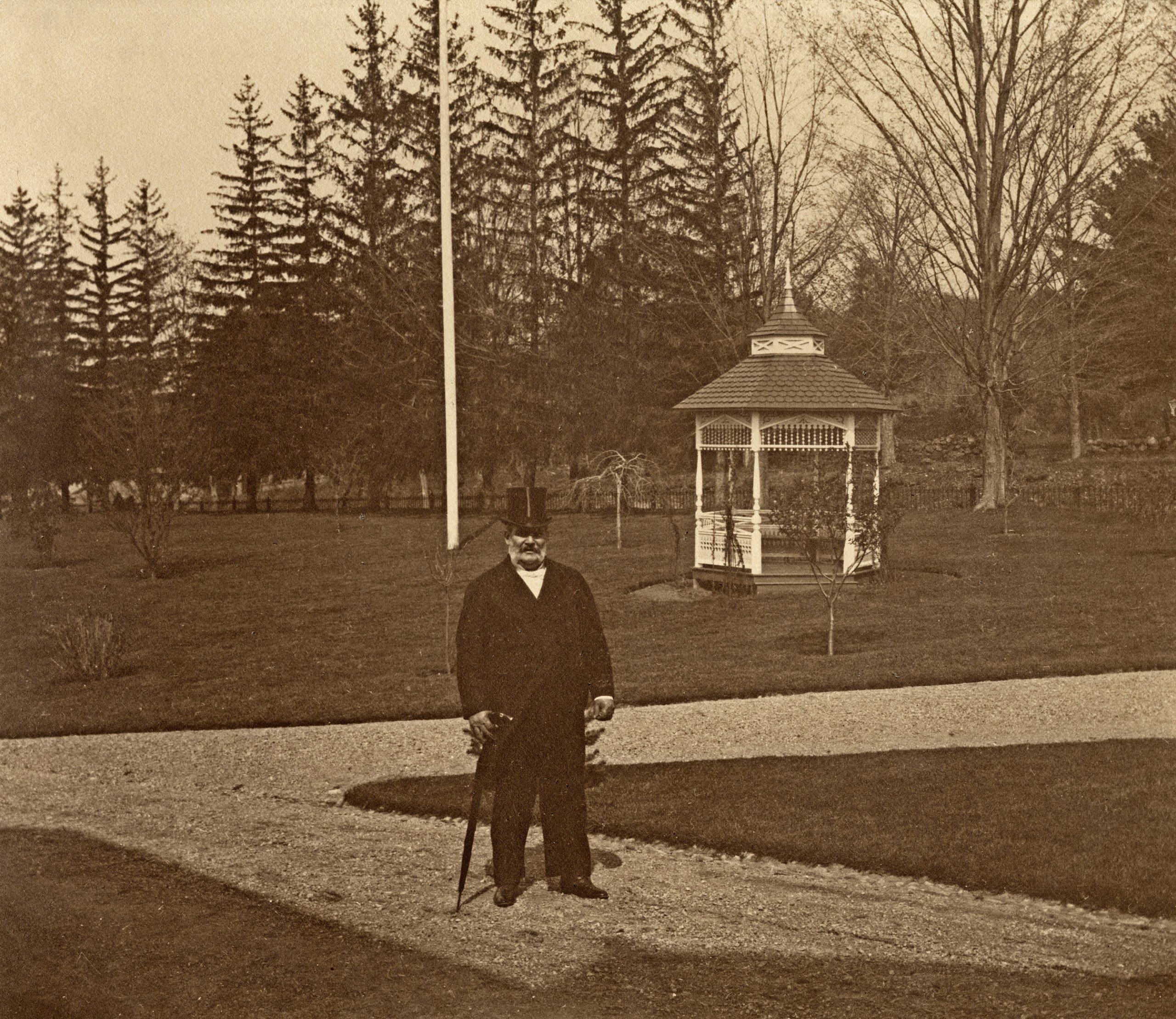
What better way could there be to close an article on the Eastamans than with these words from Mrs. Eastaman’s recollections:
“I have now entered my thirty-fifth year of Christian Science study and practice, and can speak from experience of the purity, holiness and absolute truthfulness of the teaching received. . .and their application to all forms of disease and sin and their results. We are clearly taught that strict adherence to the teaching of the Gospels and our own text-book, Science and Health with Key to the Scriptures, and other works of our Leader, Mary Baker Eddy, will ensure the success of every student and plant his feet firmly on the rock, Christ, Truth, which cannot be shaken, even though envy, malice, hatred and persecution beset the pathway.”
Notes
This article was originally published in the 1973 winter Quarterly News.
